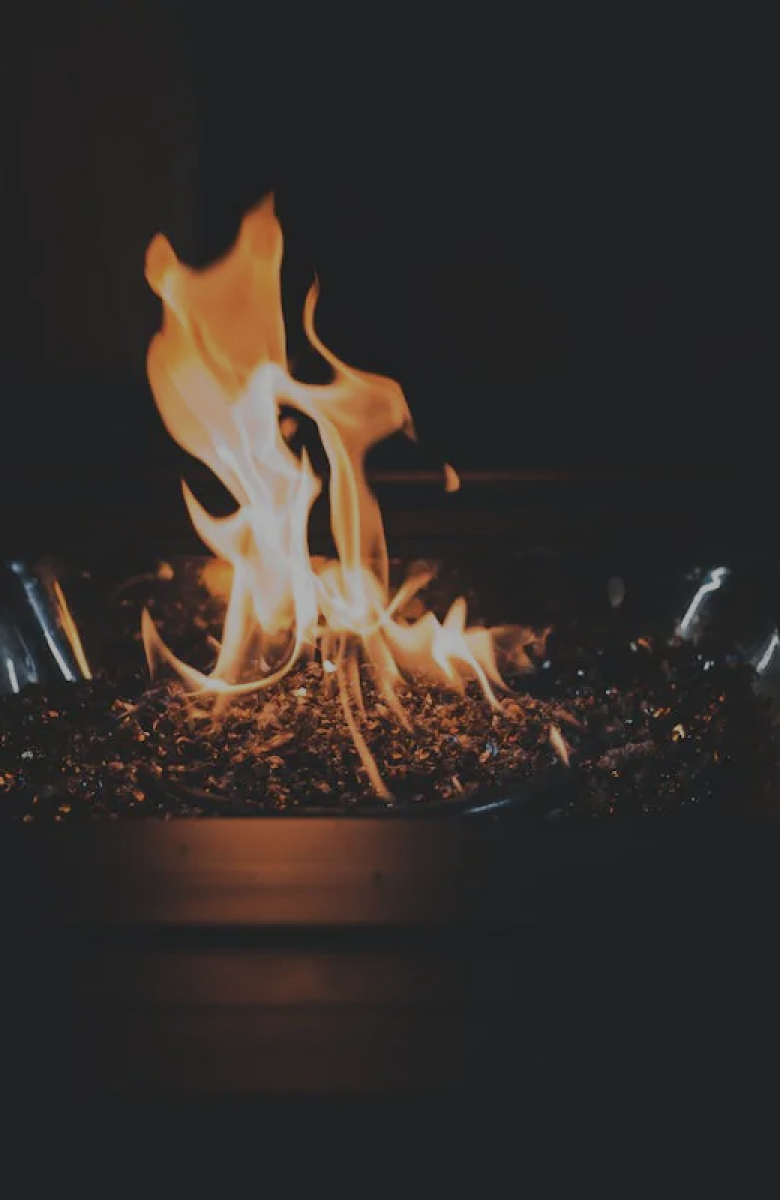As we head into the winter months, there’s nothing quite like the thought of a roaring fireplace to keep us warm as the nights get shorter.
Having a safe and efficient fire at home is crucial to keeping us warm and protecting those in the fire’s vicinity. This is why it’s good to know which smokeless fuel is the best for your fireplace.
Let’s look at the best smokeless fuel for your fireplace and weigh up the pros and cons of each to provide you with a more informed choice.
Smokeless Coal for Fireplace
Compared to the more traditional coal, smokeless coal wins the plaudits on many fronts. Let’s start with the fact that less creosote will need to be cleaned out of your fireplace afterwards, saving you a laborious task or money on hiring a chimney sweep.
Smokeless coal, in particular anthracite, is deemed a safe fuel to burn thanks to its low smoke output. Anthracite is a naturally occurring material that has a high carbon content and isn’t volatile. This means that anybody nearby won’t have harmful chemicals blown into their airways, nor will the environment have to consume pollutants either.
While the Stovemaster product is typically reserved for stove appliances, HouseFuel recommends their Smokeless Ovals, Superheat Smokeless, and Burnrite Smokeless briquettes to get the fire you crave in your fireplace.
When we burn a fuel source, there are environmental factors to consider. We can all do our bit for the planet and replacing your previously used wood or coal that emits smoke with smokeless coal is a great step in the right direction.
Kiln-dried Logs for a Fireplace
Although not entirely smokeless, kiln-dried wooden logs are a wise choice for anybody looking to get the woodfire effect without burning moist logs.
To be safe and efficient to burn, your logs must contain a moisture content no higher than 20%. Kiln-drying the logs is the best way to achieve this as the process removes the moisture faster than seasoning over time without a kiln.
Not only will your carbon footprint be reduced as a result of switching to kiln-dried logs, but you can generate wonderful flames from your fireplace too. Your fireplace will have a chimney built-in, of course, meaning there is a vent from the low amount of smoke to exit your home.
Remember that if you live in a Smoke Control Area, smokeless fuel for your fireplace can keep you within the limits of emissions.
Choose the Best Smokeless Fuel with Housefuel
To explore more on the range of smokeless fuels available to you, or to learn more about the benefits smokeless fuel can offer. HouseFuel’s carefully selected products can help you make the switch with confidence. Enjoy the warmth, reduce your environmental impact, and keep your home cosy and compliant with local regulations all season long.




